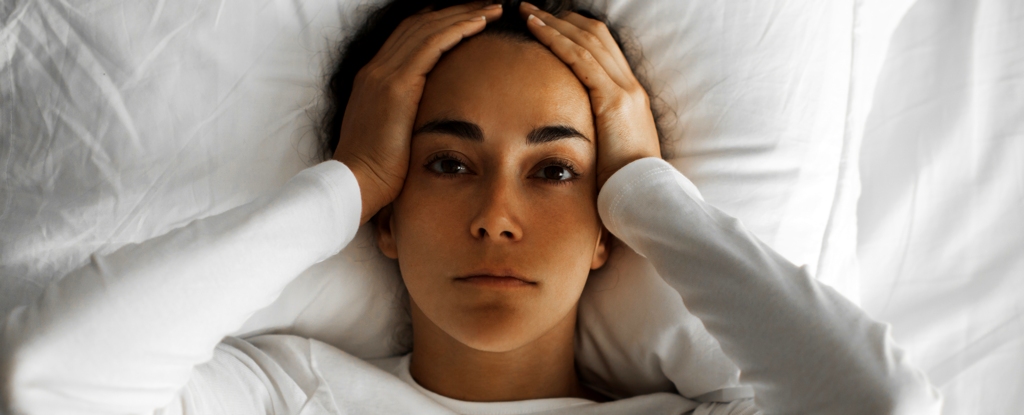
Sleep is essential for overall health, enhancing cardiovascular function, immune response, brain activity, and emotional wellbeing. Many individuals strive to improve their sleep quality, leading to the popularity of “sleep hygiene” practices. These include maintaining a consistent bedtime, reducing screen time before sleep, and limiting caffeine intake. While these tips can benefit healthy sleepers, they may inadvertently exacerbate insomnia for those struggling with sleep disorders.
Kirsty Vant, a Doctoral Researcher at the Royal Holloway University of London, has identified five common sleep hygiene strategies that may be counterproductive for individuals with insomnia.
Rethinking Sleep Hygiene Practices
The first common mistake is spending excessive time in bed. When sleep proves elusive, individuals often attempt to go to bed earlier or linger in bed longer, hoping to “catch up” on sleep. This approach can backfire, as remaining awake in bed diminishes the association between the bed and sleep, reinforcing feelings of frustration instead. To counter this, Vant suggests limiting time spent in bed. Going to bed slightly later while maintaining a consistent wake-up time can enhance the natural drive to sleep, promoting healthier sleep patterns.
Another prevalent misconception is the strict avoidance of screens before bedtime. While blue light from devices can inhibit melatonin production, individuals with insomnia may turn to their phones as a distraction from racing thoughts. Instead of a complete ban on screens, Vant recommends a more strategic approach. Engaging with calming content and utilizing night-mode settings can provide a soothing distraction without overstimulating the mind.
The third point concerns caffeine consumption. While it is known that caffeine blocks adenosine—a neurotransmitter that promotes sleep—individual responses to caffeine can vary significantly. Some people may find that a morning coffee aids in overcoming sleep inertia and supports a balanced sleep-wake cycle. Vant emphasizes the importance of understanding personal tolerance to caffeine, suggesting moderation rather than complete elimination.
Understanding Sleep Dynamics
The fourth issue arises from the obsession with “optimizing” sleep. The burgeoning £400 billion global sleep economy offers a myriad of products aimed at improving sleep quality. Yet, this can lead to a phenomenon known as orthosomnia, characterized by anxiety stemming from the relentless pursuit of perfect sleep. Vant reminds us that sleep is an autonomic function, akin to digestion. While healthy habits can influence sleep, they cannot force it. Sometimes, detaching from the fixation on sleep quality can be more beneficial.
Finally, expecting uniform sleep patterns each night can set unrealistic standards. Sleep is inherently variable, influenced by factors such as stress, physical health, and age. Flexibility in sleep patterns is a natural survival trait. Vant notes that expecting rigid consistency can lead to disappointment, as some nights will naturally be better than others.
Vant highlights a critical insight from her experience as a sleep therapist: the belief that sleep is entirely controllable can stigmatize those dealing with insomnia. This perspective oversimplifies a complex issue, akin to telling someone with an eating disorder to simply “eat healthy.”
For those grappling with insomnia, evidence-based treatments extend beyond conventional sleep hygiene. Cognitive Behavioural Therapy for Insomnia (CBT-I) stands out as the gold standard psychological intervention. Additionally, new medications such as orexin receptor antagonists—including suvorexant, lemborexant, and daridorexant—offer new avenues for treatment by blocking the brain’s wake-promoting orexin system to aid in falling and staying asleep.
Insomnia is prevalent and manageable. It is essential to recognize that effective treatment is available, and individuals experiencing sleep difficulties should not blame themselves for their struggles.






